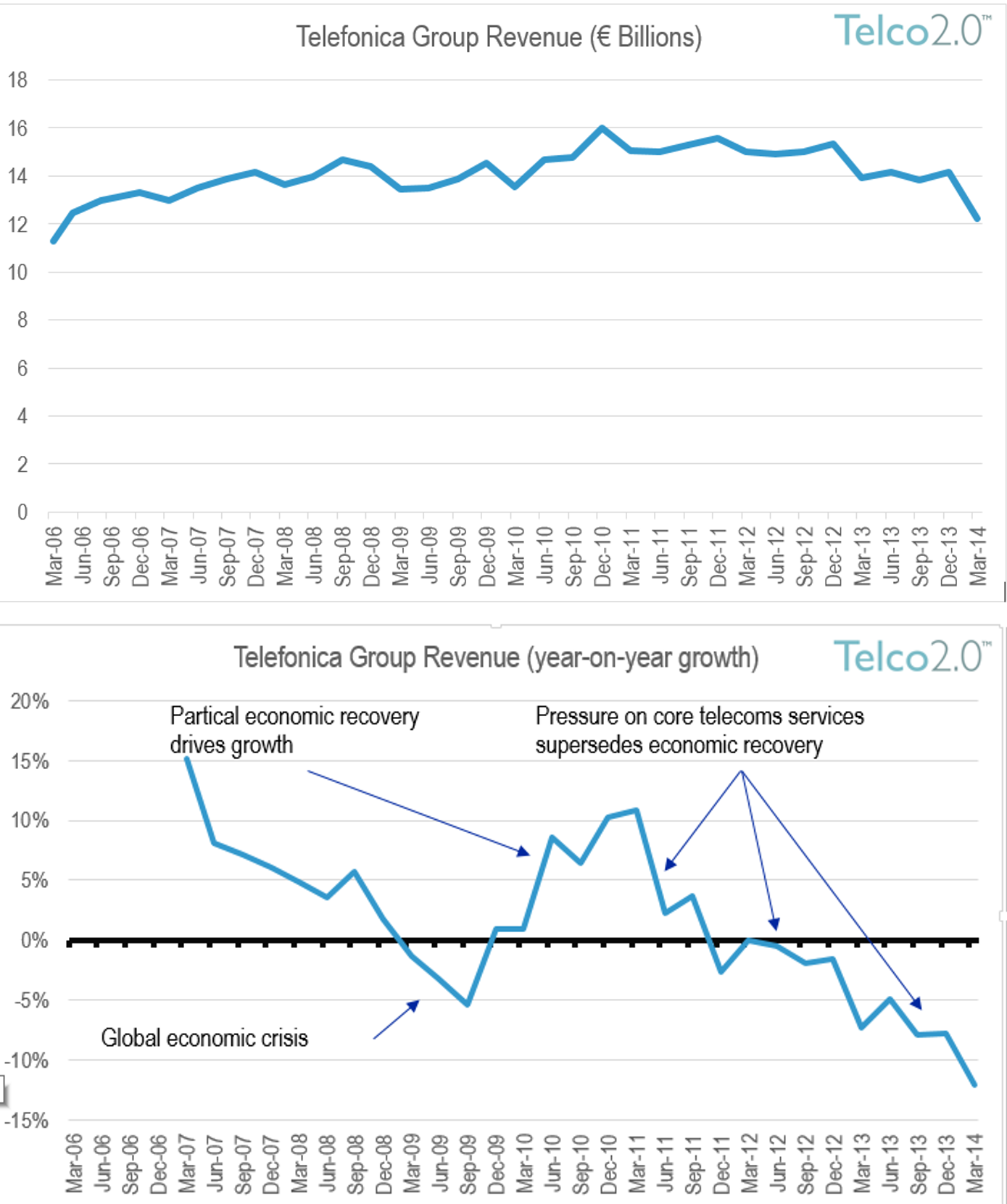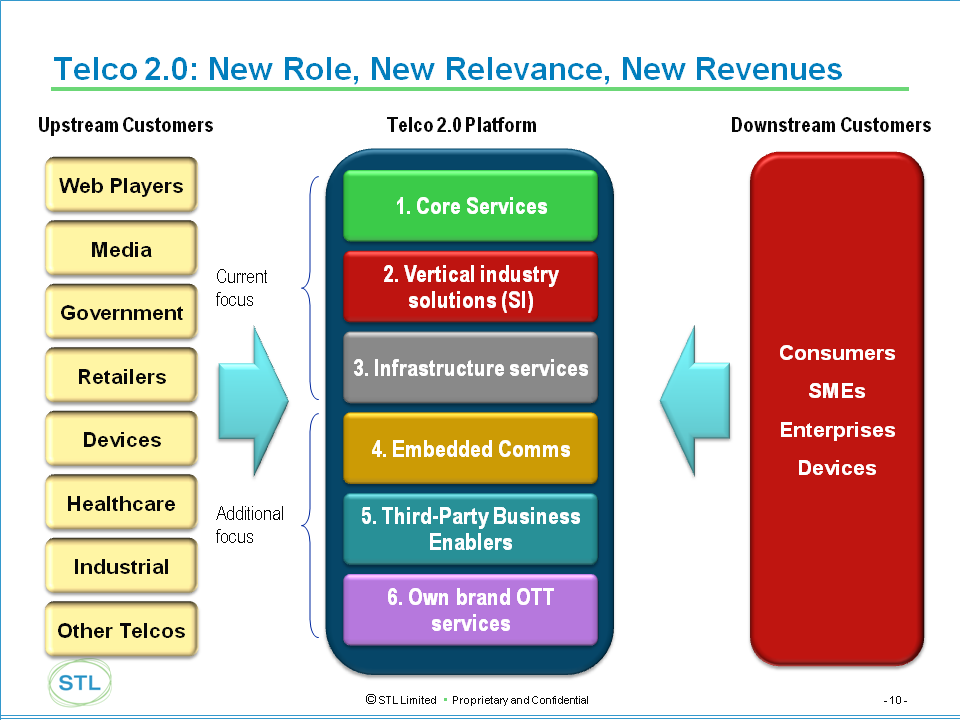
Private networks market forecast 2024 – 2030
This report presents quantitative analysis of the global demand for private networks over a 7-year period. We explore the revenue trends across the value chain and provide insights into different deployment models and technologies across 14 verticals.







